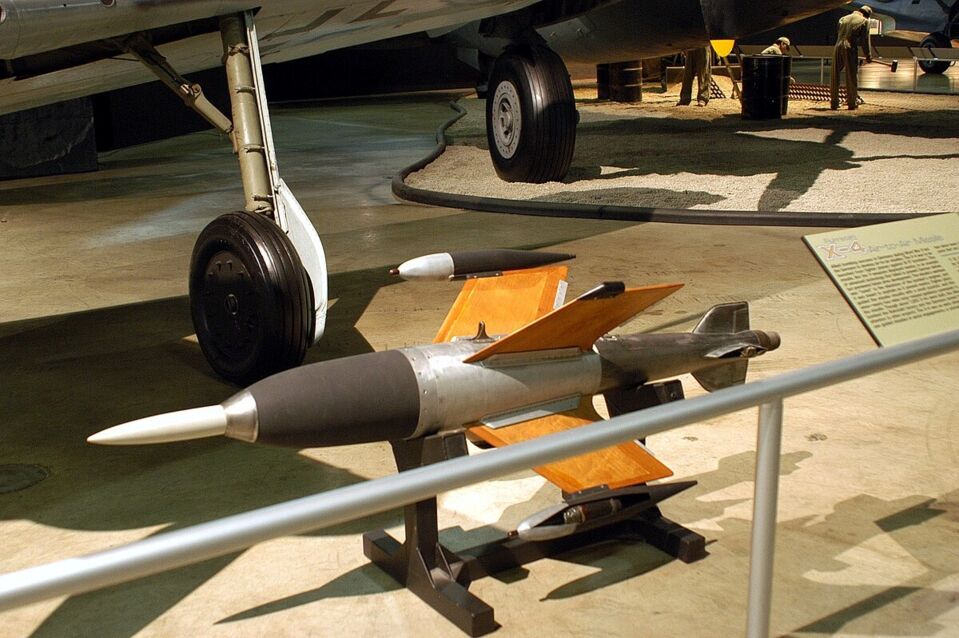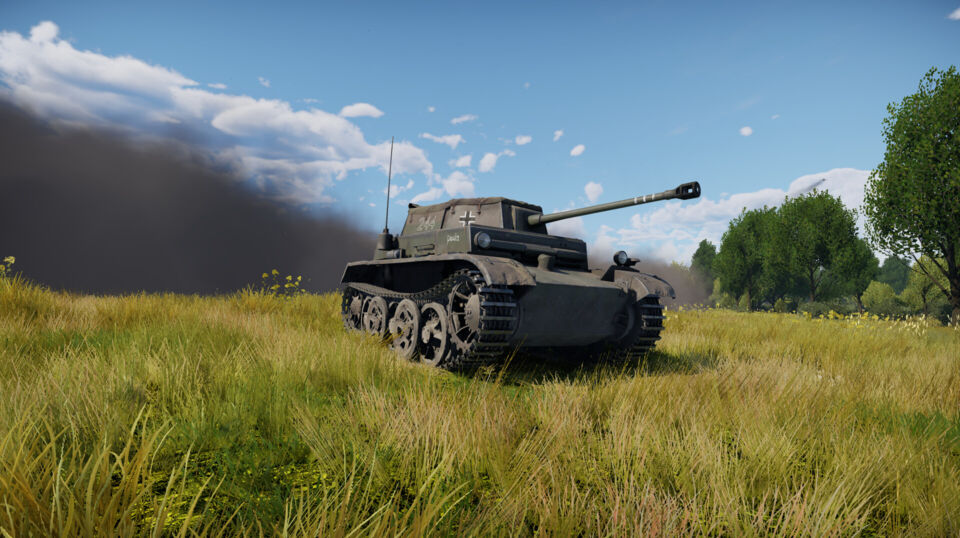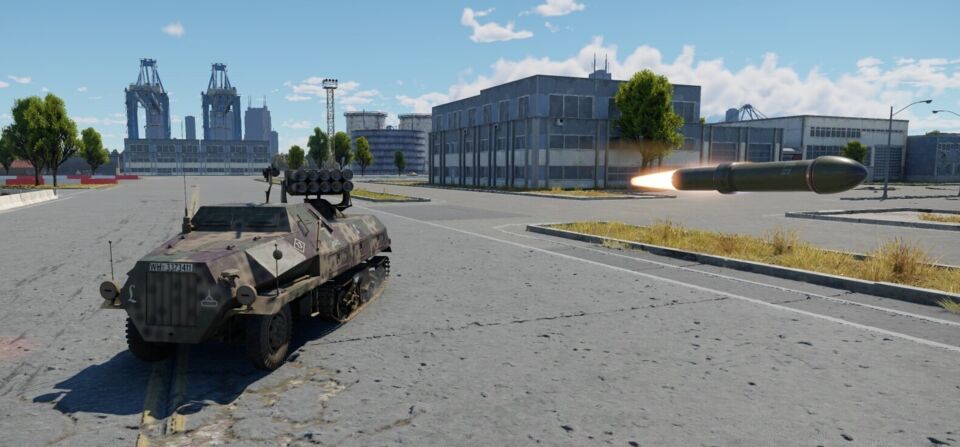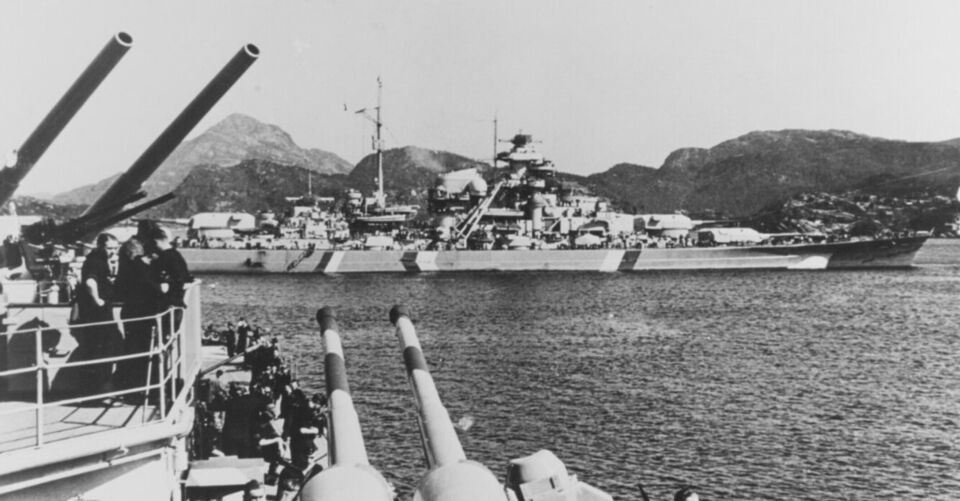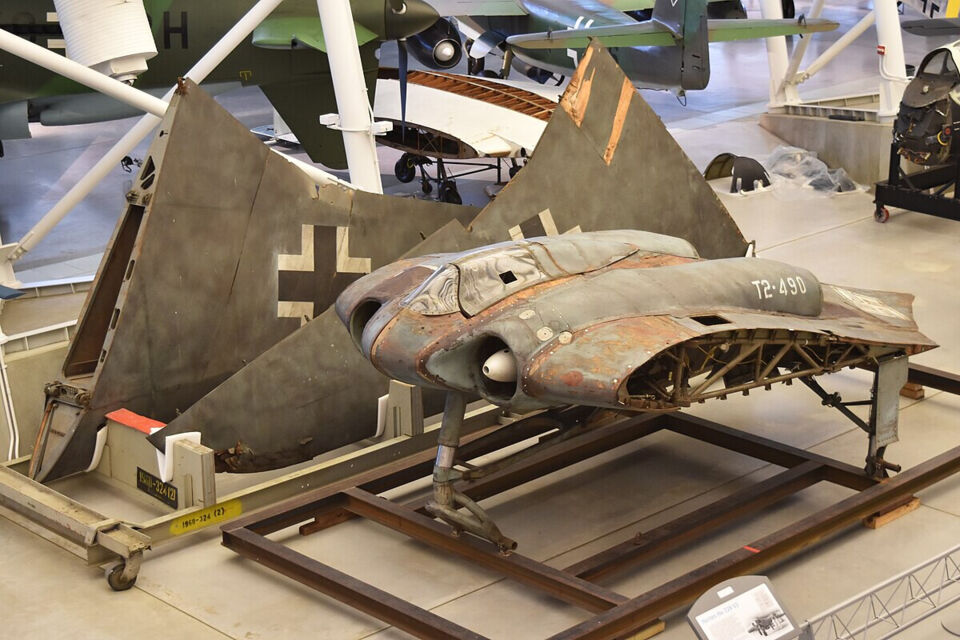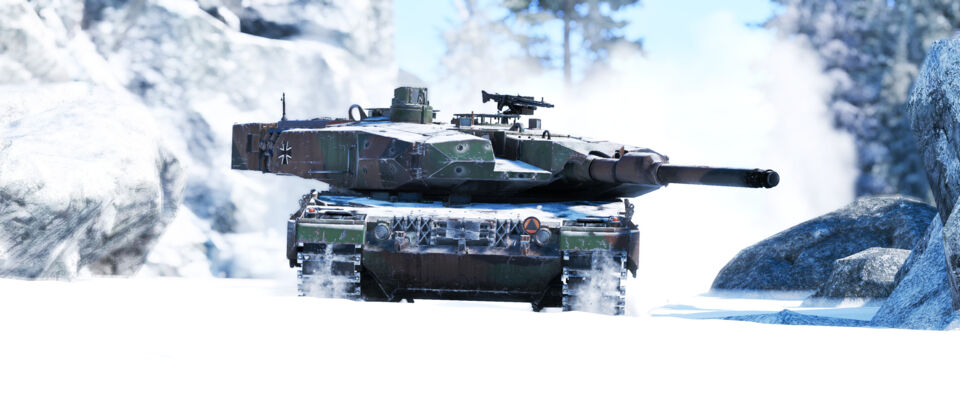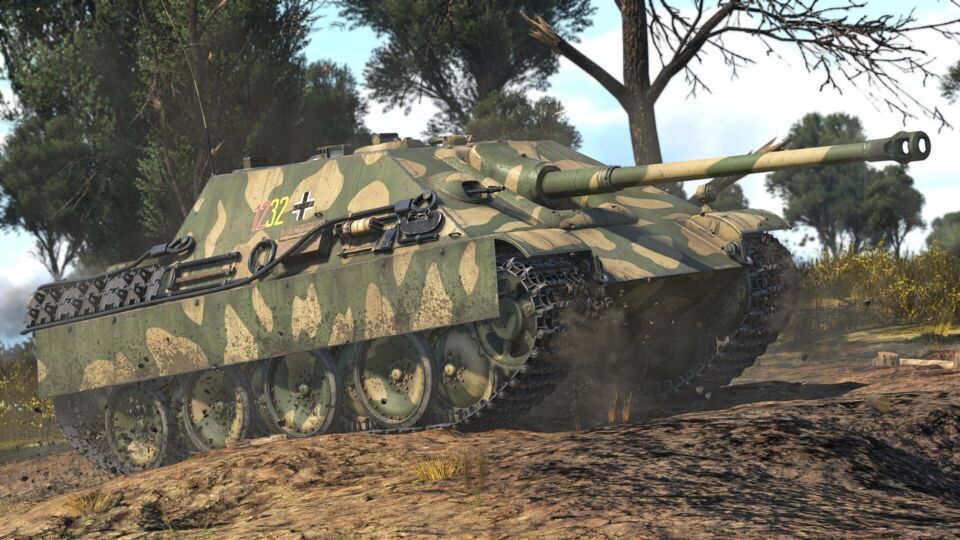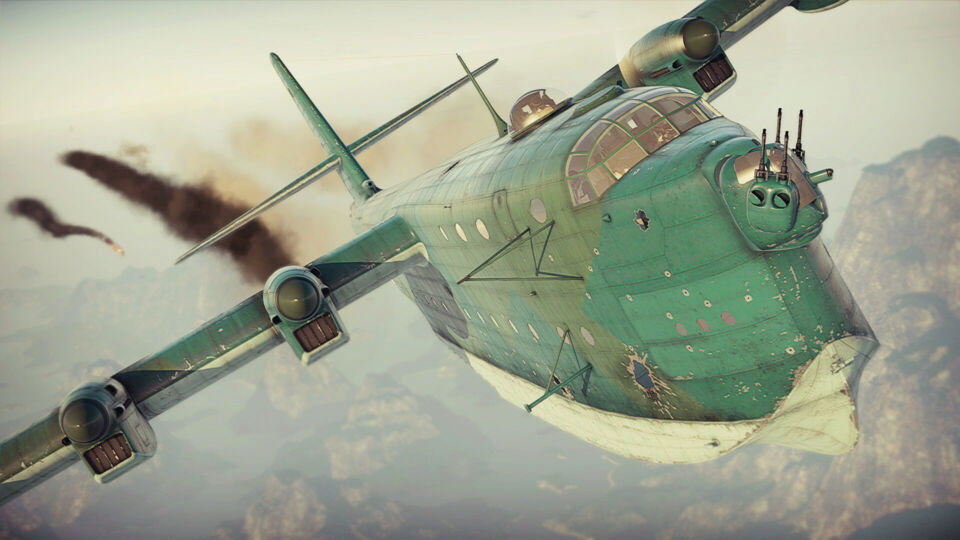#germany
The Ruhrstahl X-4 missile was a World War 2, German-designed air-to-air missile, the first air-to-air missile of its kind to be produced. It is the earliest air-to-air missile that is available in War Thunder, and is available on the tech tree Fw 190 F-8. Let us dive into the interesting history of the missile, and later talk about how to use this unique missile!
During the Second World War, there is no doubt that Germany led the world in military designs and innovations. However, in the years after the war, a near legendary status has surrounded Germany’s tanks, with names such as the Panther, Tiger I and King Tiger (and, of course, the redoubtable Maus) all coming to mind as nearly indestructable fighting machines. But was this actually the case? Were Panzers as amazing as we have been led to believe, and how have they gained such a formidable reputation?
As a fast, nimble yet fragile tank armed with a deadly cannon, the Pz.Sfl.Ic (likely known to veterans under its previous name, the Pz. II H) may prove challenging to master for those used to the more traditional, simpler playstyle of most other tanks at its Battle Rating. Nonetheless, should one put in the effort, they will find this little vehicle to be a true beast, capable of dominating the battlefield and knocking out most targets with a single hit.
By the early 1940s, the Luftwaffe urgently needed a modern twin-engine heavy fighter-bomber to replace the rapidly aging Messerschmitt Bf 110. The intended successor, the Me 210, turned out to be a complete failure. The aircraft suffered from chronic instability, poor handling, and a host of other design flaws.
The Panzerwerfer 42, due to its unusual armament and unorthodox layout, is often found difficult to use by newer players. Thus, the purpose of this article is to provide gameplay advice on the best ways to utilize this vehicle in battles. This article will focus on Ground Realistic Battles, but most of the information contained within it should be useful in Ground Arcade Battles as well.
833 days, that was the lifespan of the Bismarck, from her launch to her scuttling on May 27, 1941. She was one of the largest and most famous battleships in the world like the Japanese Yamato and the American Missouri. The Bismarck belonged to the Bismarck class, which also included her sister ship, the Tirpitz. The Bismarck rose to fame by sinking HMS Hood on May 24, 1941, earning a worldwide reputation as one of the deadliest battleships ever built. In just five minutes, the HMS Hood was destroyed. Afterwards, the British Royal Navy hunted the Bismarck across the North Atlantic. Following a torpedo attack by a squadron of Swordfish torpedo bombers, she lost her rudder and became unable to maneuver. On May 27, 1941, her crew finally scuttled the Bismarck in the Atlantic Ocean, while the ship continued to engage numerous British battleships, cruisers, and destroyers.
The Horten Ho 229, also known as the Gotha Go 229, was yet another German wonder weapon developed during World War II in an attempt to save Germany in the final months of the war. It is well known for its sleek, tailless design, minimizing drag and improving aerodynamics. It was one of the earliest jet-powered flying wing aircraft, designed to meet Hermann Göring’s “3 × 1000” requirement.
The Leopard 2PL is a modernized Leopard 2A4 main battle tank in service with the Polish Armed Forces. After Germany retired its fleet of Leopard 2A4s in the 2000s, the Polska Grupa Zbrojeniowa (Polish Armaments Group) and Rheinmetall AG carried out a series of upgrades to keep the 2A4 effective and up-to-date in modern conflicts, and specifically improved the turret armor and optoelectronics. In War Thunder, the Leopard 2PL is a versatile opponent due to its strong turret cheeks, excellent mobility, and great optics, but it inherits some weaknesses from the preceding 2A4, which make it somewhat of a sidegrade to the Leopard 2A5 and 2A6.
The Jagdpanther G1 is a German tank destroyer based on the Panther chassis. It shares the gun of the Tiger II, allowing it to penetrate almost any tank that it will face, which makes it excel at attacking tanks. Moreover, its solid mobility allows it to serve as an effective flanker. Its frontal armor allows it to bounce the shells of most tanks. While the casemate design can be difficult to adapt to at first, it is an incredibly rewarding tank to master.
The BV 238 is known for a number of things. It is the largest plane in WT for one, is a human fireworks display, and is very fun to use. Even though it is a meme, it is slow, turns and handles like a stuck pig, and is the XP-50's favorite lunchtime snack. So how is it played?
